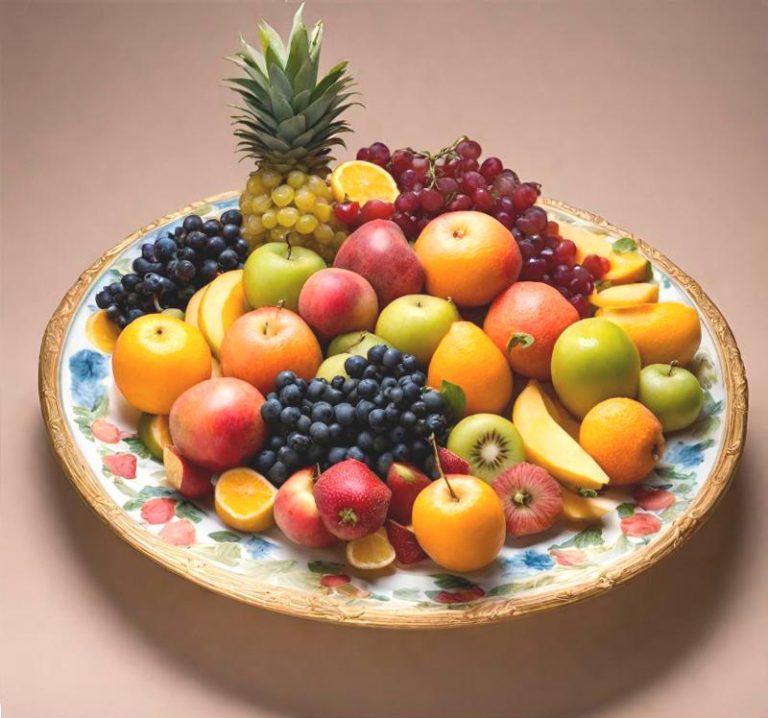Published with permission from LuxuryWeb.com
Is the era of traditional art nearing an end, with AI-generated imagery sidestepping copyright protections?
Digital photography intertwined with artificial intelligence (AI) threatens to eclipse copyrights traditionally reserved for unique works, ensuring creators were compensated for third-party usage.
In the early ’60s, I pursued painting in Paris, only to transition to advertising photography in New York City from the mid-’60s to the late ’90s. Exceptional equipment, technical prowess, and artistic insight were imperative to produce photos suitable for publications and advertisements.
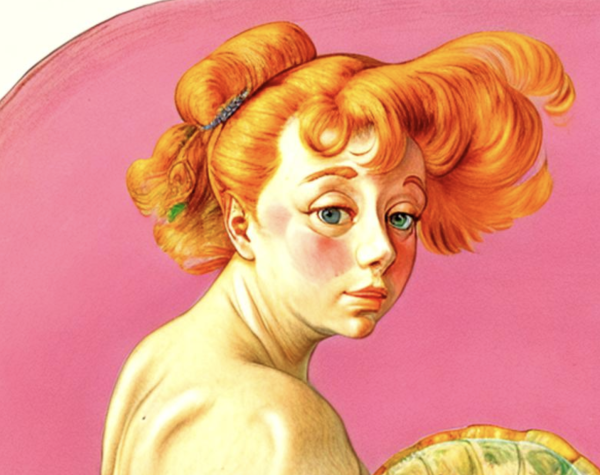
Modern cellphones, equipped with algorithms, have transformed photography into a ubiquitous point-and-shoot activity. Your photos and mine might be technically similar, distinguished only by our individual compositional and design sensibilities.
Success
You are now signed up for our newsletter
Success
Check your email to complete sign up
Furthermore, a quality photo often demands alterations: resizing, adding or removing elements, background adjustments, color modifications, image sharpening, and other tweaks to ready it for publication. Previously, trained artists, or retouchers, managed these nuances. Today, anyone with Photoshop or a similar software can easily master these edits. Familiarity with the software is key, and the tool handles the rest.
Originally, US copyright laws were not ironclad. The “fair use” doctrine allowed for art or photos to be used editorially without charge.
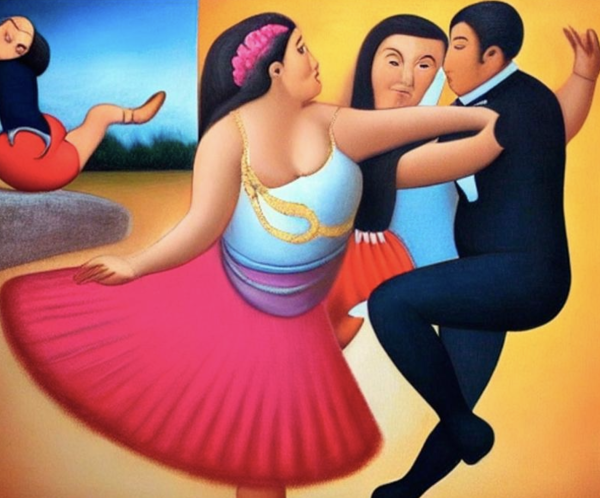
Interestingly, it appears AI-generated images might lack copyright eligibility.
The US copyright office ruled that Théâtre d’ Opéra Spatial, a striking image crafted by Jason M. Allen that clinched first place at Colorado’s 2022 state fair, cannot be copyrighted, citing the statute’s exclusion of “works produced by non-humans.”
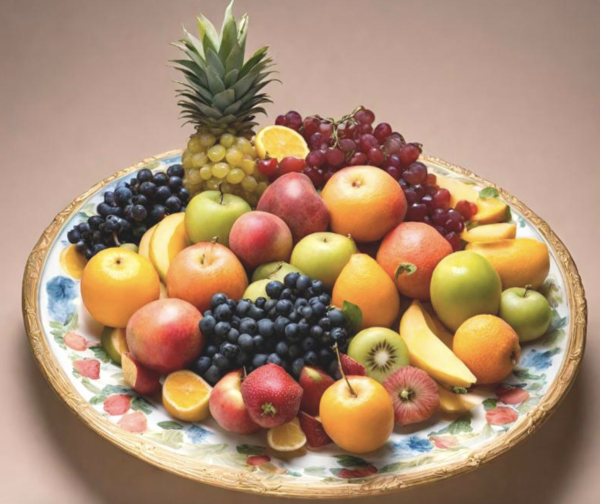
Experimentally, I employed free AI image generators to produce an image of fruit on a plate. In another attempt, I sought an image of a Valkyrie astride a horse with a sword. The results are showcased below.

The AI crafted the fruit image in a mere 5 seconds, matching the quality I’d achieve with days of meticulous studio work. Comparatively, the Valkyrie image took 10 seconds, although it wasn’t precisely as described.
Additionally, using another AI tool, I generated depictions of Venus (Aphrodite) on the half shell in diverse artistic styles like Botero, Van Gogh, and Toulouse Lautrec. While some styles were spot on, others, like the Botero rendition, were especially close matches.
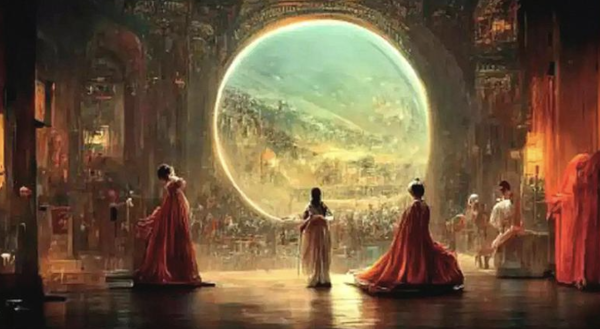
The time for Venus image generation ranged from 2 to 6 seconds, depending on the AI and style. However, some requests, like Venus in a Van Gogh style, yielded unexpected results — a mermaid in this case.
Copyrights were instituted to shield the artistic contributions of artists, photographers, writers, and more. When these protections took legal form, the advent of mass-produced, technically superior photos or AI-generated art wasn’t foreseen.
Photography and illustration were esteemed as arts necessitating both technical skill and creativity. For us photographers, our studios were laden with costly equipment, supported by a team of assistants, managers, technicians, stylists, reps, and more. This infrastructure and the livelihoods it supported merited protection.
However, the rise of digital photography and AI is reshaping this landscape.
Visit LuxuryWeb.com to see the original article, and more.



